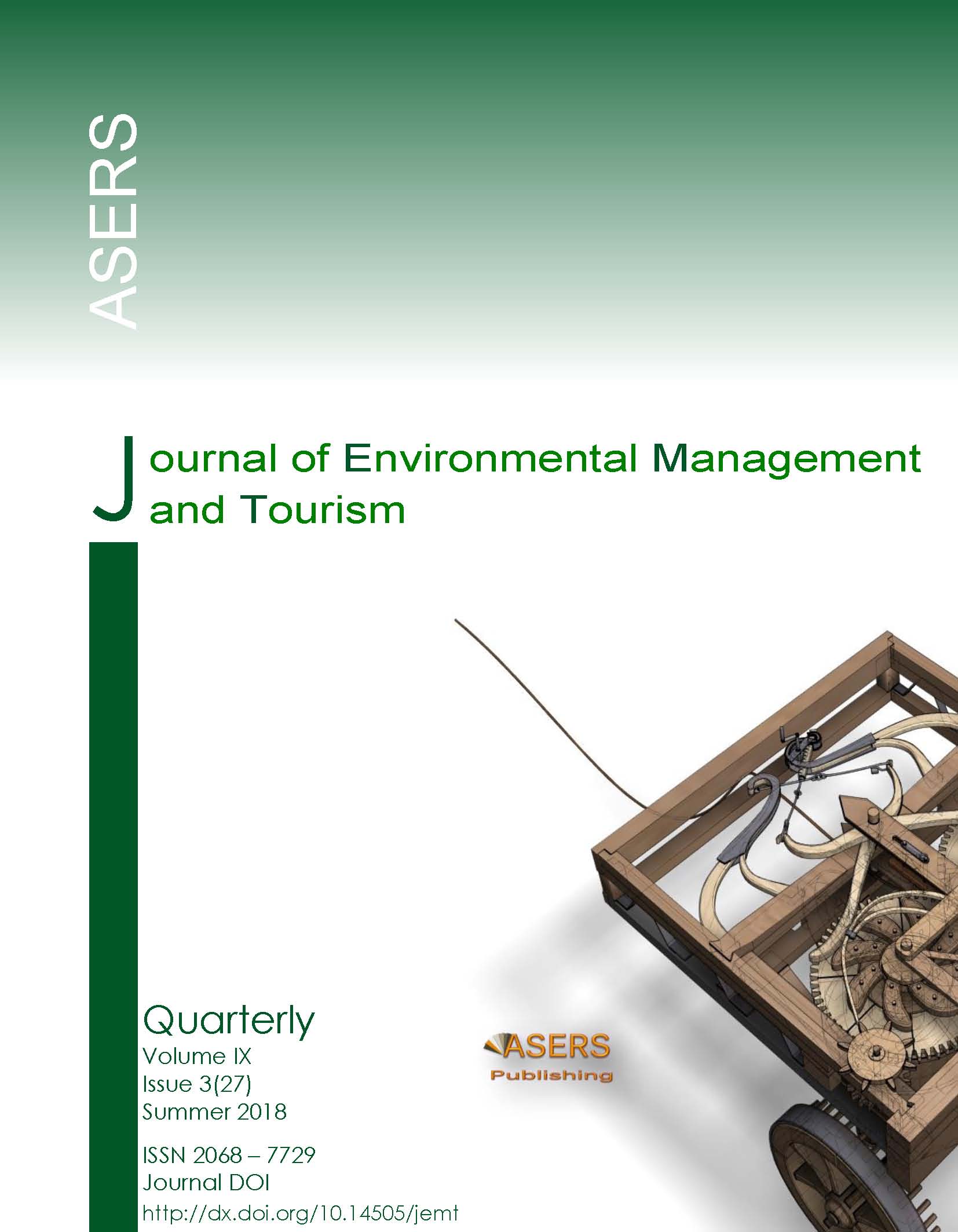Cenopopulation Status Assessment of Vegetative Cover of Coastal North-Eastern Pre-Caspian Area
Cenopopulation Status Assessment of Vegetative Cover of Coastal North-Eastern Pre-Caspian Area
Author(s): Saltanat Z. Zharylkasynovna, Gulsim SAUYTBAYEVA, Aynur Nurgaliyeva, Asem Arystanova, Nurali NURGALIYEV, Lyayla Zhusupova, Saule NARENOVA, Bibigul BayzhanovaSubject(s): Economy, Tourism
Published by: ASERS Publishing
Keywords: vegetation; flora; monitoring; Caspian Lowland; ecological conditions; vegetation community
Summary/Abstract: In oil-producing regions, oil pollution occurs, which, among other things, causes problems related to conservation of the region’s biodiversity. Therefore, acquisition of knowledge about the state of the unique nature of Northern Caspian, which is under anintensified anthropogenic press, and study of the current state of marine and coastal biota, is an urgent problem for modern Kazakhstan. The territory is located in a desert zone, in the subzone of steppificated northern deserts. In the zonal terms, this is a transitional azonal band between the subzones of the mid-latitude absolute and northern steppificated deserts. Even more significantly, it is located between the contrasting ecosystems of the sea and land. Such a geographical location predetermines the heterogeneity of spatial differentiation and the dynamics of vegetation. Moisture and salinization regimes are the main limiting factors for the botanical composition of communities. In this regard, the vegetative cover is characterized by a poor floristic and phytocenotic diversity and a simple structure. This is also due to the youth of the territory, periodic transgressionsand regressions of the Caspian Sea and a constant influence of the surging sea. As a result of intensive grazing use of the territory in the previous years, there are areas of saltwort-sagebrush degraded vegetation in the areas of increased concentration of agricultural animals, characterized by a lower vitality of Artemisia, its thinning and abundant growth of annual saltworts: Ceratocarpus arenarius, Climacoptera brachiata, Salsola paulsenii and Salsola nitraria that reduce significantly the grazing characteristics of grasslands and are indicators of anthropogenic activity.In recent decades, the society has increasingly used information about the state of the natural environment in its activities. This information is needed in the daily life of people, in the management of the economy, in construction, in emergency circumstances – to alert people of the imminent natural calamities. However, changes in the state of the environment also occur under the influence of biospheric processes associated with human activities. To determine the contribution of anthropogenic factors to these changes is an important and difficult task.Abundance of species and phytobiotic structure are important indicators of the state of the environment, the degree of anthropogenic disturbance and pollution. As a result of the research, data on flora, composition and structure of vegetation will be obtained.
Journal: Journal of Environmental Management and Tourism (JEMT)
- Issue Year: IX/2018
- Issue No: 03 (27)
- Page Range: 524-532
- Page Count: 9
- Language: English
- Content File-PDF

